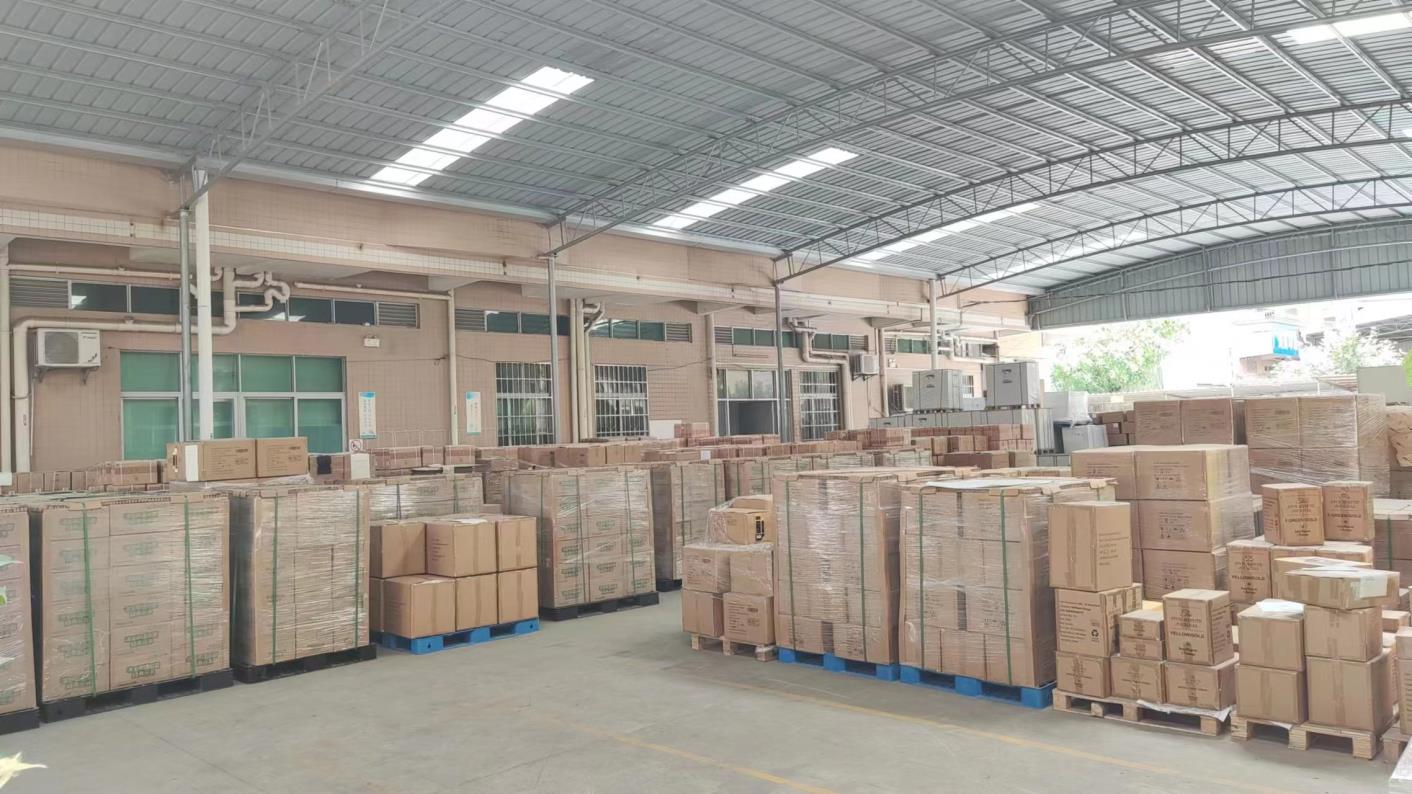Motorcycle helmets are vital safety equipment for motorcyclists, offering critical protection for the head and face in the event of accidents or collisions. They play a crucial role in reducing the risk of severe head injuries and fatalities. Here are the key components and functions of motorcycle helmets:
- Outer Shell: The helmet’s hard outer shell is typically constructed from materials like polycarbonate, fiberglass, or carbon fiber. It provides structural integrity and protection against sharp objects and abrasion during a crash.
- Impact-Absorbing Liner: Beneath the outer shell, a layer of impact-absorbing material, often made of expanded polystyrene (EPS), is designed to cushion and disperse the force of an impact, minimizing head injuries.
- Chin Strap: A sturdy chin strap secures the helmet in place on the rider’s head, preventing it from coming off during a crash or sudden stop.
- Retention System: Many helmets have a retention system, such as a quick-release buckle or a Double D-ring closure, to ensure a snug and secure fit.
- Face Shield or Visor: Some helmets come with a face shield or visor, which provides eye protection from wind, debris, and insects. These visors may also have anti-fog and UV protection features.
- Ventilation: Motorcycle helmets often incorporate ventilation systems, including intake and exhaust vents, to enhance rider comfort and prevent fogging of the visor.
- Helmet Types: There are various types of motorcycle helmets, such as full-face, open-face, modular, and off-road helmets, each offering different levels of coverage and features to cater to the specific needs and preferences of riders.
- Safety Standards: Helmets must meet safety standards established by authorities like the Department of Transportation (DOT) in the United States or equivalent agencies in other countries to ensure their effectiveness.
Motorcycle helmets are crucial for the safety of motorcyclists. They provide protection not only against head injuries but also against wind, dust, debris, and insects that could impair a rider’s vision or cause discomfort. Properly fitting and certified helmets should always be worn while riding, and many countries and states have laws mandating helmet use to promote rider safety and reduce the severity of injuries in motorcycle accidents. Whether you’re a daily commuter or an avid motorcyclist, wearing a helmet is a non-negotiable safety practice that should never be overlooked.













